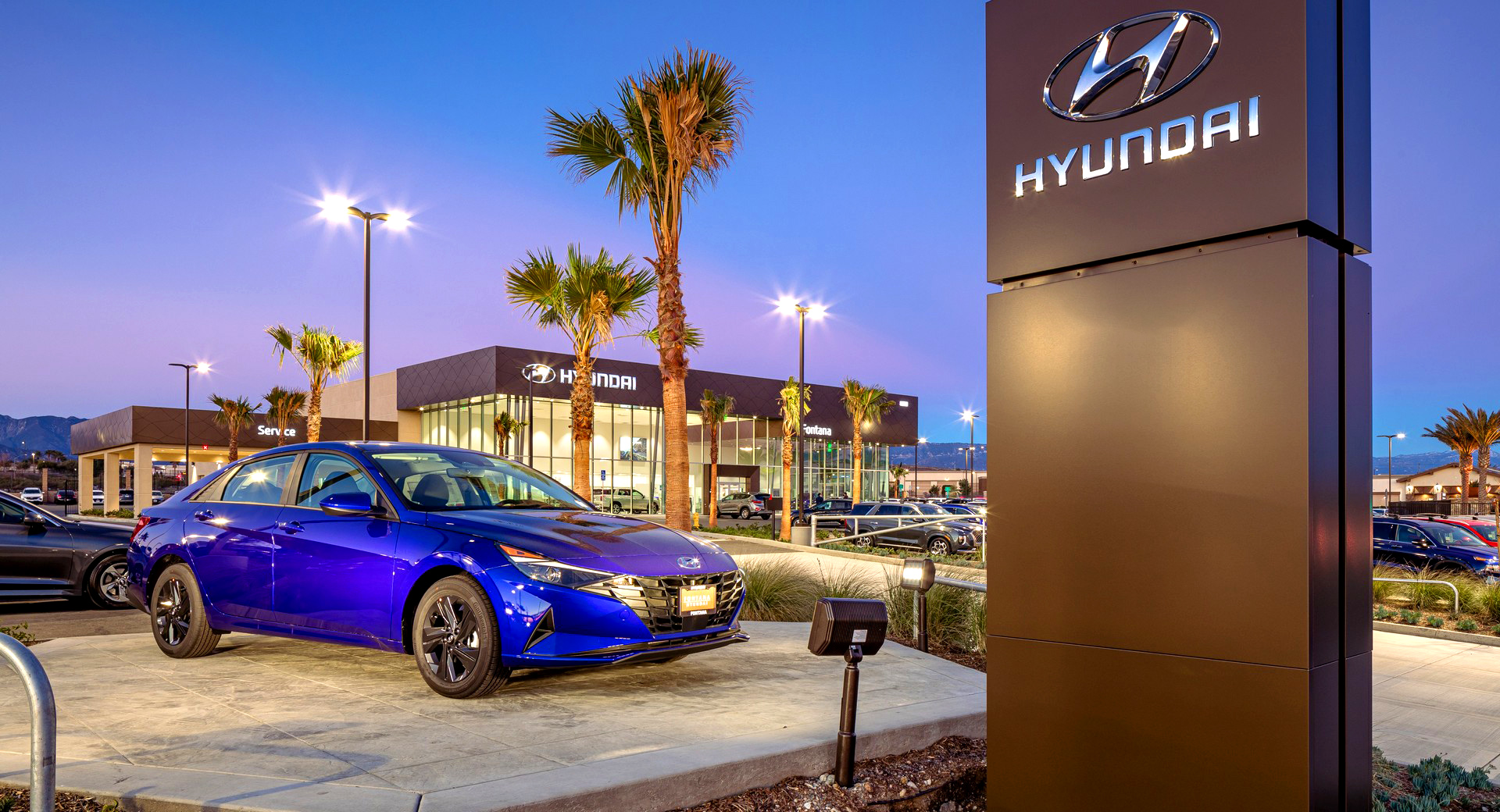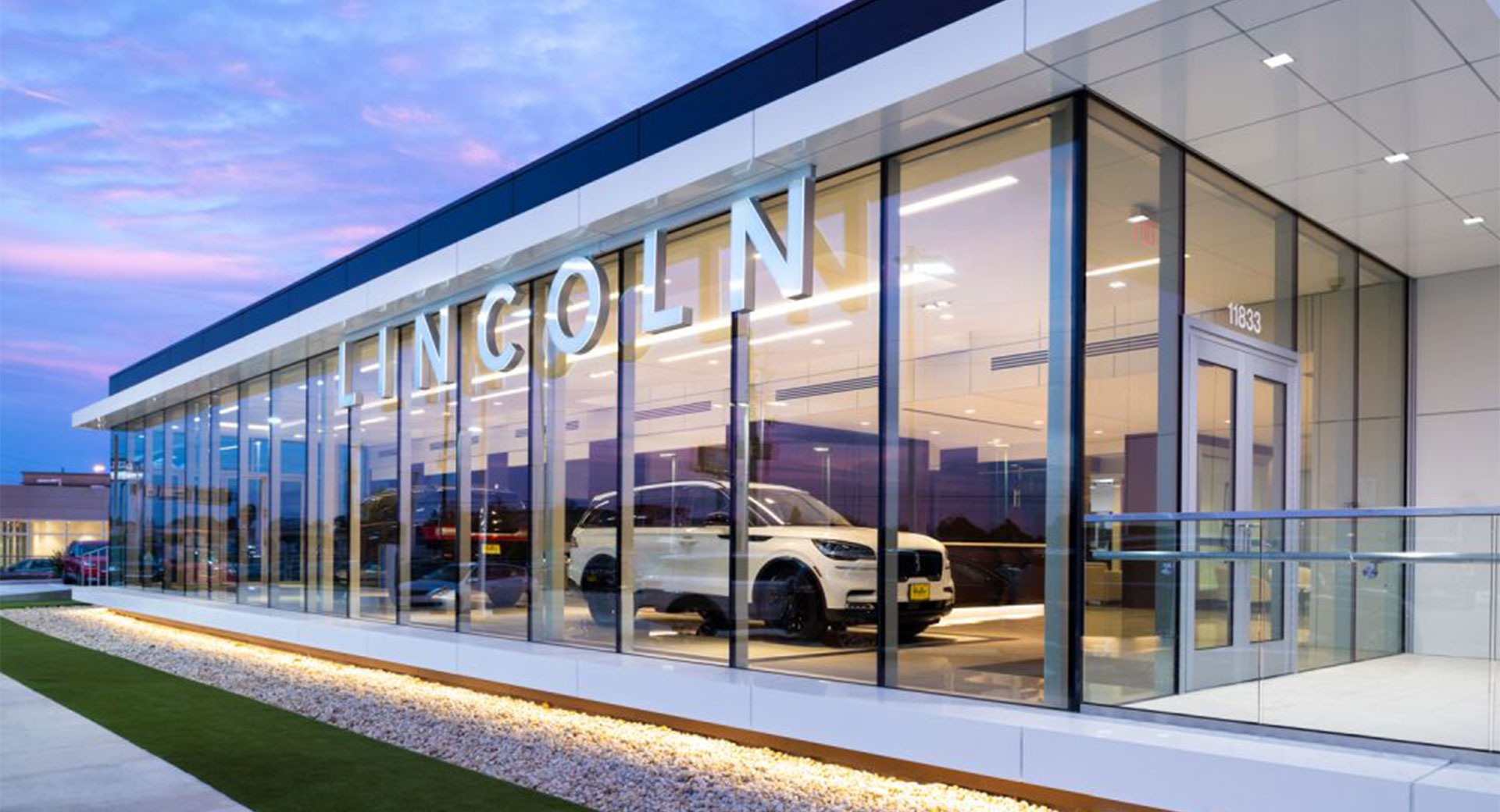Used car prices have skyrocketed 42.5% in a little over two years, but relief could be on the horizon.
According to a J.P. Morgan Research report, used car prices “seemingly peaked” earlier this year and could fall 10-20% in 2023. That would be a welcome change for buyers, who are already having their budgets pinched by high gas prices and soaring inflation.
Unfortunately, buyers will still be facing large monthly payments due to rising interest rates. U.S. News & World Report recently noted the average used car loan rates range from 9.56% for people with a 750 or higher credit score to a staggering 22.26% for people with a 450 or lower credit score. For those with good and fair credit, loan rates clocked in at 10.99% and 15.41%, respectively.
Also: Used Car Prices Are Finally Falling In The United States
New car prices are expected to remain elevated through the end of the year, but they could fall between 2.5% and 5% in 2023. That would be a welcome change of pace as J.P. Morgan Research noted the average new vehicle cost $45,622 in September, which was $3,462 more than a year ago.
J.P. Morgan’s Lead Automotive Equity Research Analyst, Ryan Brinkman, said estimates suggest “half of the increase in new vehicle prices relates to the passing along of higher input costs, including raw material costs.” Electric vehicles have been among the hardest hit as prices for lithium, nickel, and cobalt have soared. That’s part of the reason why the Ford F-150 Lightning went from a bargain at $39,974 to something to consider at $51,947.
While there could be some relief next year, Brinkman noted “There’s still a lot of inflation bubbling up in the new vehicle supply chain.” He added that “Even though raw material costs are falling, suppliers have a lot of other higher non-commodity costs – diesel, freight, shipping, logistics, labor, electricity – to pass on to automakers.” The impacts of the chip crisis also continue to linger and companies will have to rebuild inventories before prices fall in a meaningful way.
Predicting what the future holds is no easy task, but Brinkman said “2023 has greater potential for a more rapid improvement in the volume environment and a more rapid normalization in pricing, with the wildcard being an economic downturn.”










